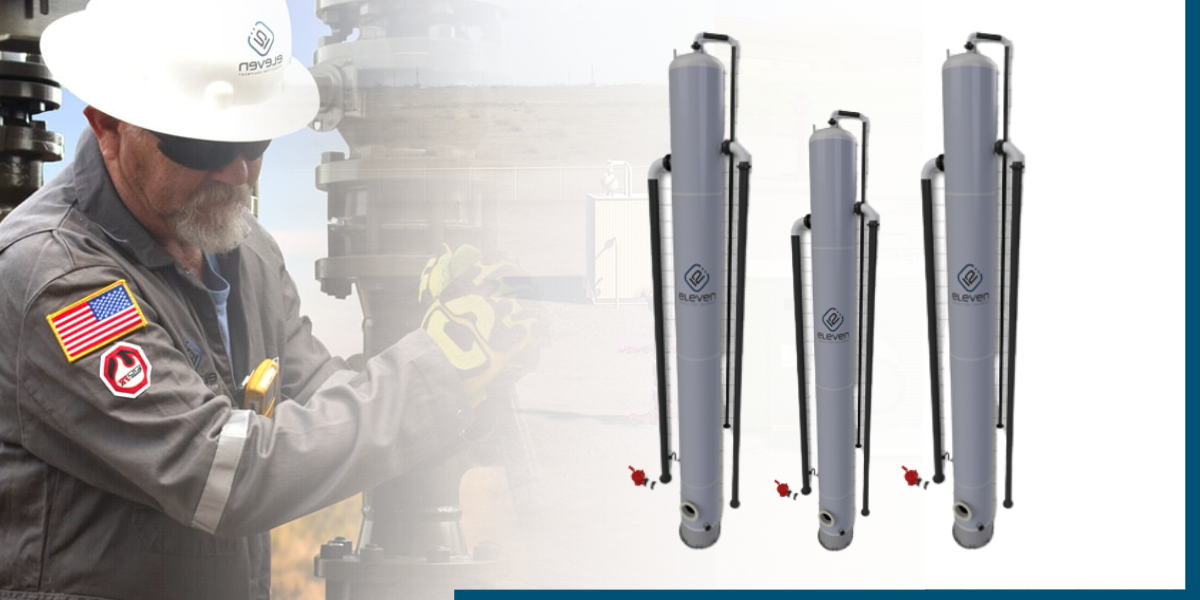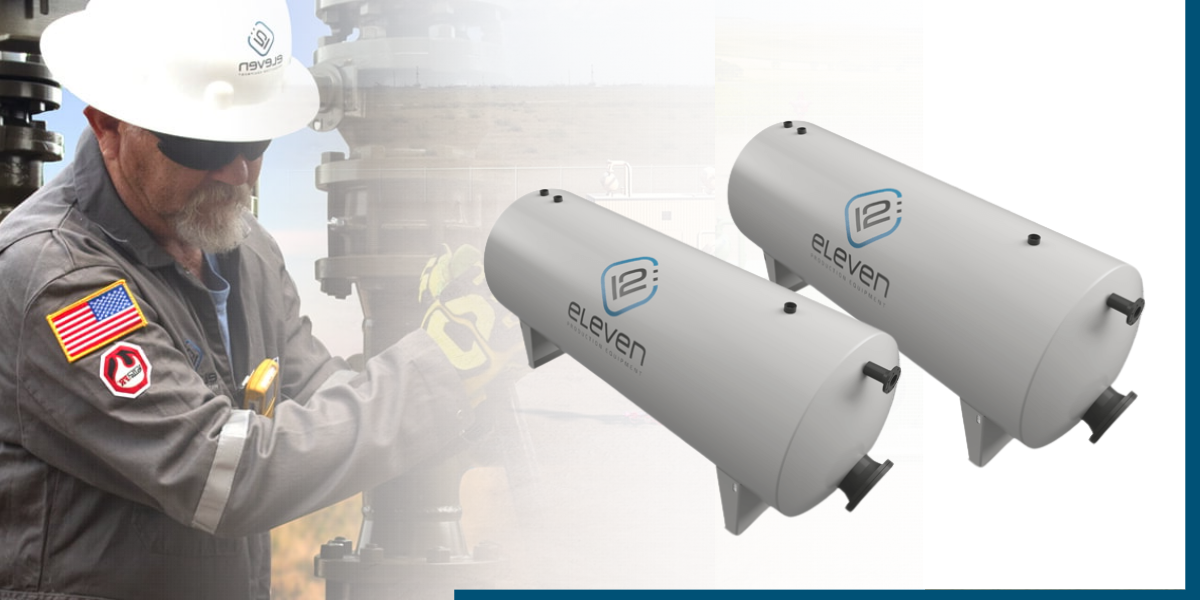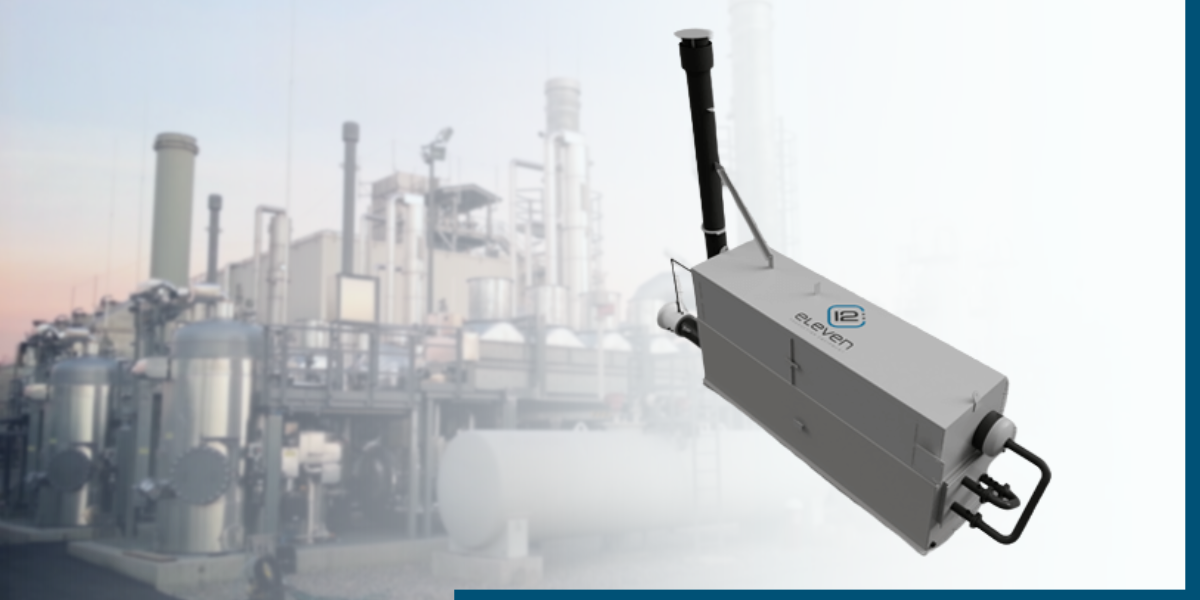Free Water Knockout (FWKO): What You Need To Know
Free water knockouts (FWKO) are an essential component in the oil and gas industry, designed to remove any free water present in the production...

Looking to install an oil stabilization tower in your plant or on your location?
If so, you'll want to read on to learn about the different types of towers and what factors you need to consider when making your decision. In this article, we'll discuss the basics of oil stabilization towers and provide information on how they work, and the benefits they offer.
Oil stabilization is the process of removing unwanted impurities from oil (similar to the oil separation process). This process is a heat treatment of light gravity crudes such as 45 API and higher used to remove the C5+ Hydrocarbon chains from the light ends. This “Stabilizes” the oil providing an oil product under a 12 or 9 RVP which prevents flash loss in storage and even in transport.
Oil Stabilization occurs after crude treatment and upstream of storage (in the place of a Vapor recovery tower). This process can capture light end y-grade oil products that are normally lost and prevent sales docks from oil buyers requiring RVP under 9 or 12 rating.
This process begins with a pre-treatment step that removes large particles from the oil. The oil is then passed through a series of filters that remove smaller particles. Finally, the oil is treated with a chemical that removes any remaining impurities.
An oil stabilizing tower, also known as a condensate stabilizer, is used in the petroleum refining process to remove unwanted compounds from oil. The towers work by passing the oil through a series of trays or plates that are coated with a variety of chemicals. These chemicals help to remove impurities and make the oil more stable.
Oil stabilizing towers are an important part of the refining process because they help to produce higher quality products. Without the oil stabilizing tower, the oil would be more likely to spoil or become contaminated. These towers are also used to remove unwanted vapors from the oil. These vapors can be harmful to the environment and can cause problems in the refining process.
A stabilizer tower works by passing the oil through a series of trays or plates that are coated with a variety of chemicals. These chemicals help to remove impurities and make the oil more stable. The oil is pumped into the top of the tower and then flows down through the trays. As it flows, the chemicals bind to the impurities and remove them from the oil. The clean oil then flows out of the bottom of the tower.
The chemicals that are used in the stabilizer tower can vary depending on the type of oil being refined. Some of the most common chemicals that are used include sulfuric acid, caustic soda, and activated carbon.
There are many benefits to using a stabilizer tower in the petroleum refining process. Some of these benefits include:
The two most common types of oil stabilizing towers are fixed beds and moving beds. Fixed bed oil stabilizing towers are the most common type of tower used in the refining process. They are simple to operate and maintain, and they are very efficient at removing impurities from oil.
Moving bed oil stabilizing towers are less common than fixed bed towers, but they have some advantages over fixed bed towers. Moving bed towers are more effective at removing certain types of impurities, and they can handle a wider range of oil types. However, they are more complex to operate and maintain than fixed bed towers.
When designing an oil stabilizing tower, there are a few things that need to be taken into consideration. Some of these design considerations include:
Oil stabilizing towers are an important part of the petroleum refining process. They help to produce higher quality products and prevent environmental contamination. If you are planning to build a refinery, it is important to consult with an experienced engineer to ensure that your facility is properly equipped with the right type of oil stabilizing tower.
Discover the strengths that the 12:eleven specialists in innovation and customization bring to production and process equipment. Contact 12:eleven and experience quality that is reliable, efficiency that is proven and service that is unsurpassed.
We invite you to request a quote for our products or services.
What Are The Different Types of Oil and Gas Separators? - What an oil and gas separator is, how they work, and all of the different types of separators that are currently being used in the field today.
What Are the Principles of Oil and Gas Separation? - Discover everything you need to know about the upstream oil and gas separation process
The Importance of ESG in the Oil and Gas Industry - Let's take a closer look at ESG in the oil and gas industry, and discuss how recent orders by the Biden administration have affected the scene.
All About Vapor Recovery Towers (VRTs) - Let's discuss the fundamentals of vapor recovery towers: what they are and how they function along with their many advantages for businesses.
As a specialty company providing custom design, engineering and fabrication of production and process equipment, we are dedicated to doing what’s right for our customers and passionate about creating value on every project.
We leverage the field expertise of our design and engineering group together with our diversified manufacturing capabilities to deliver a broad range of innovative surface production equipment - including Separators, Treaters, Free Water Knock Outs, Bulk and Test Packages, Indirect Line Heaters, Gas Production Units, Gas Dehydration Units, Glycol Contact Towers, Vapor Recovery Towers, Oil Stabilizing Towers.

Free water knockouts (FWKO) are an essential component in the oil and gas industry, designed to remove any free water present in the production...

Gas Production Units (GPUs) are a crucial component of the oil and gas industry. They play a significant role in the extraction, processing, and...

Piping modules and spools are an important part of any piping system. They help to keep the fluid in the system moving by providing a path for it to...